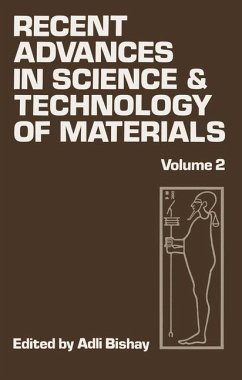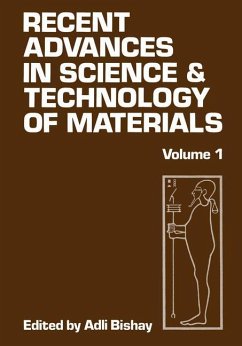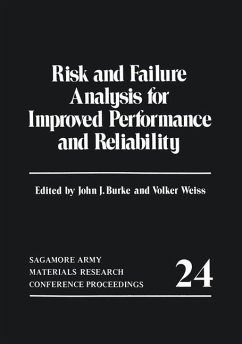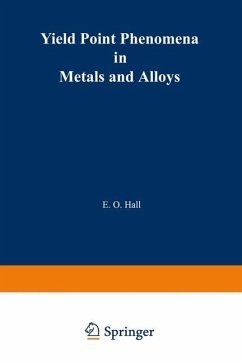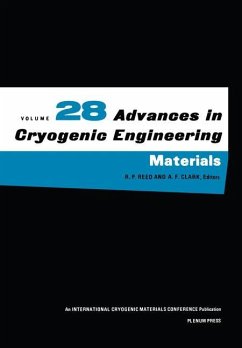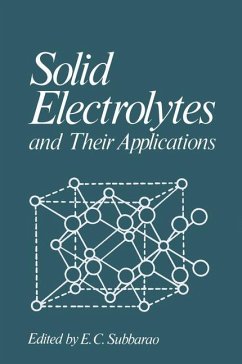
Solid Electrolytes and Their Applications

PAYBACK Punkte
39 °P sammeln!
Defect solid state has been an area of major scientific and technological interest for the last few decades, the resulting important applications sus taining this interest. Solid electrolytes represent one area of defect solid state. The early work on defect ionic crystals and, in particular, the classic results of Kiukkola and Wagner in 1957 on stabilized zirconia and doped thoria laid the foundation for a systematic study of solid electrolytes. In the same year, Ure reported on the ionic conductivity of calcium fluoride. Since then, intense worldwide research has advanced our understanding o...
Defect solid state has been an area of major scientific and technological interest for the last few decades, the resulting important applications sus taining this interest. Solid electrolytes represent one area of defect solid state. The early work on defect ionic crystals and, in particular, the classic results of Kiukkola and Wagner in 1957 on stabilized zirconia and doped thoria laid the foundation for a systematic study of solid electrolytes. In the same year, Ure reported on the ionic conductivity of calcium fluoride. Since then, intense worldwide research has advanced our understanding of the defect structure and electrical conductivity of oxygen ion conductors such as doped zirconia and thoria and of the fluorides. This paved the way for thermo dynamic and kinetic studies using these materials and for technological applications based on the oxygen ion conductors. In the last few years we have seen the emergence of two new classes of solid electrolytes of great signifi cance: the fJ-aluminas and the silver ion conductors. The significance of these discoveries is that now (i) solid electrolytes are available which at room temperature exhibit electrical conductivity comparable to that of liquid electrolytes, (ii) useful electrical conductivity values can be achieved over a wide range of temperature and ambient conditions, and (iii) a wide variety of ions are available as conducting species in solids. The stage is therefore set for a massive effort at developing applications.







